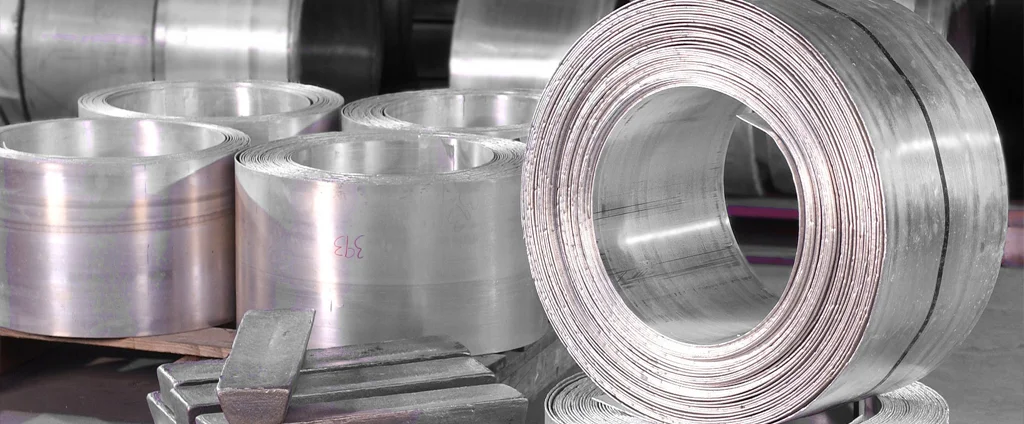Magnesium HM31A-T5 (UNS M13312)

Magnesium HM31A-T5 is a high-performance, heat-treated magnesium alloy known for its enhanced short- and long-term creep resistance and excellent ductility at elevated temperatures. These properties make it a reliable choice for demanding structural and thermal environments in aerospace, automotive, and industrial applications.
| Chemical Composition | ||
|---|---|---|
| Element | Min | Max |
| Magnesium | —— | Remainder |
| Manganese | 1.2% | —— |
| Thorium | 2.5% | 3.5% |
The following table provides a list of magnesium HM31A-T5 properties in both SI and US customary/Imperial units.
Click on the button to switch between Metric and Imperial units.
| Physical Properties | Metric |
|---|---|
| Density | 1800 kg/m3 |
| Mechanical Properties | Metric |
| Tensile Strength (Ultimate) | 300 MPa |
| Tensile Strength (Yield) | 270 MPa |
| Compressive Strength (Yield) | 170 MPa |
| Bearing Strength (Ultimate) | 470 MPa |
| Bearing Strength (Yield) | 330 MPa |
| Shear Strength | 185 MPa |
| Young’s Modulus (E) | 45 GPa |
| Shear Modulus (G) | 17 GPa |
| Elongation at Break in 50 mm | 10% |
| Poisson’s Ratio (ν) | 0.35 |
| Thermal Properties | Metric |
| Melting Point Incipient Melting | ≥ 482 °C |
| Solidus | 605 °C |
| Liquidus | 650 °C |
| Thermal Conductivity | 104 W/m·K |
| Specific Heat Capacity (Cp) | 1000 J/kg·K |
| Coefficient of Thermal Expansion (αL) | 26.0 1/°C |
| Heat of Fusion | 331 J/g |
| Electrical Properties | Metric |
| Electrical Resistivity | 5.70×10-6 Ω·cm |
The values in this table are approximate and can vary depending on various factors such as the specific manufacturing process and heat treatment applied to the alloy.
Advantages & Disadvantages of Magnesium HM31A-T5
| Advantages | Disadvantages |
|---|---|
| Lightweight | Corrosion-prone |
| High strength | Low melting point |
| Good thermal conductivity | High cost |
| Good machinability | Difficult to weld |
Applications of Magnesium HM31A-T5
HM31A-T5 is a high-performance magnesium alloy that is used in a variety of applications, including:
- Aircraft and aerospace structures: Used in components such as landing gear, wing spars, and fuselage panels.
- High-performance machinery: Applied in engine blocks, transmission cases, and gear boxes.
- Marine applications: Found in boat hulls, propellers, and rudders.
- Automotive parts: Utilized in engine blocks, transmission cases, and suspension components.
- Medical devices: Used for prosthetic limbs, surgical implants, and medical instruments.
- Sporting goods: Common in bicycles, golf clubs, and fishing rods.
